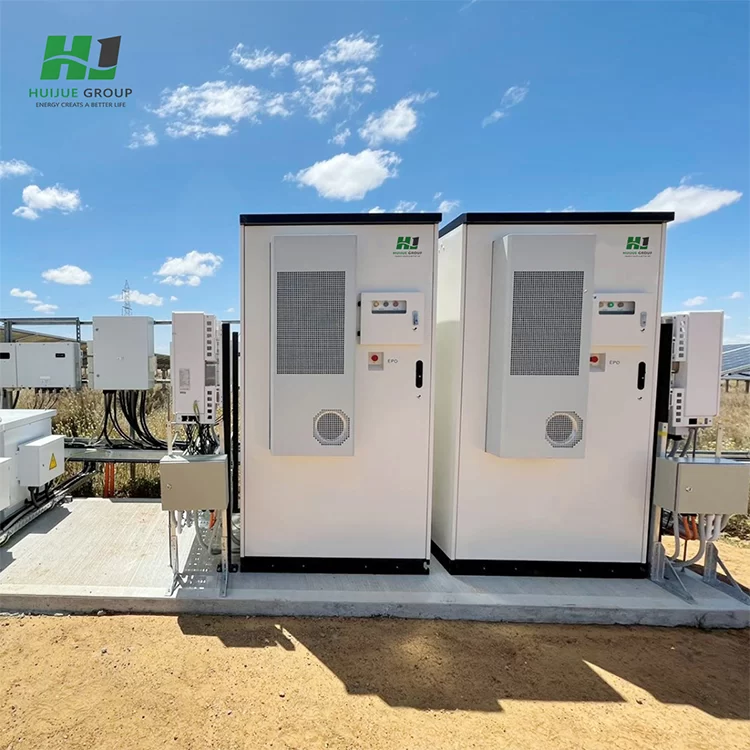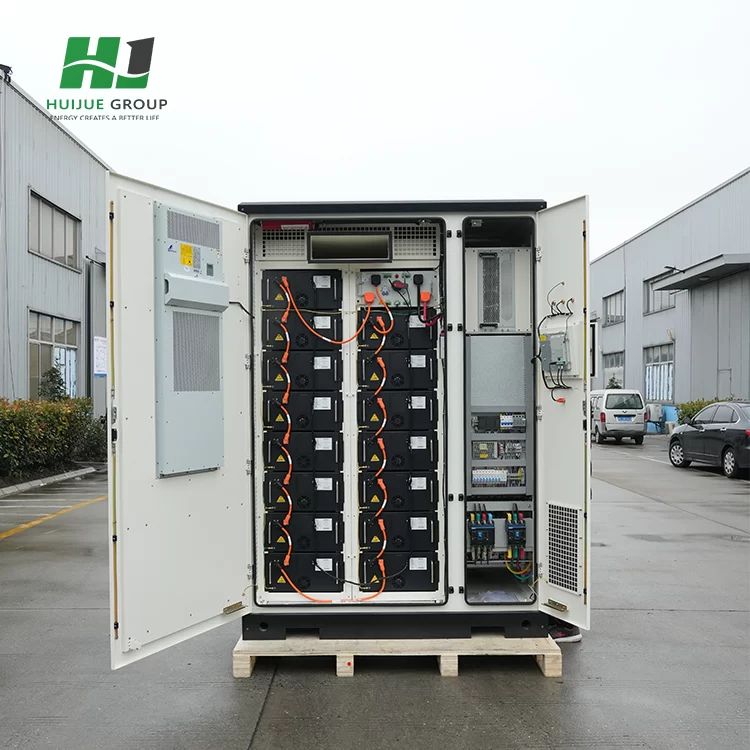Energy Storage Cabinets: Key Components, Types, and Future Directions

Energy storage cabinets are essential devices designed for storing and managing electrical energy across various applications. These cabinets transform electrical energy into chemical or other forms of energy for later release. As we advance towards integrating more renewable energy sources, the role of energy storage cabinets becomes increasingly vital. This article explores the definition, components, common faults, types, battery types, quality standards, and future development of energy storage systems.

Introduction
Definition of an Energy Storage Cabinet
An energy storage cabinet is a sophisticated system used to store electrical energy. It consists of various components that work together to ensure efficient energy storage and management. These cabinets are integral in residential, commercial, and industrial applications, providing a reliable solution for energy balancing and backup power.
Uses and Benefits of Energy Storage Cabinets
Energy storage cabinets help in balancing energy supply, improving grid stability, and offering backup power during outages. They are crucial in managing energy from renewable sources, such as solar and wind, by storing excess energy and releasing it when needed.
Components of an Energy Storage Cabinet
Battery Module
The battery module is the core component, responsible for storing electrical energy in chemical form. This module includes various types of batteries, such as lithium-ion or lead-acid, depending on the application and energy requirements.
Battery Management System (BMS)
The Battery Management System (BMS) monitors and manages the battery’s performance, ensuring safe operation and longevity by regulating charging and discharging processes.
Inverter
The inverter converts stored energy from direct current (DC) to alternating current (AC), making it usable for household appliances and the grid.
Control System
The control system manages the overall operation of the energy storage cabinet, coordinating between the battery module, BMS, and inverter to optimize performance.
Cooling System
The cooling system is vital for maintaining optimal operating temperatures, preventing overheating, and ensuring the longevity of the components.
Housings and Connectors
Housings protect the internal components from environmental factors, while connectors facilitate the connection of various system parts, ensuring efficient energy transfer.
Common Faults with Energy Storage Cabinets
Battery Failure
Battery failure can result from issues such as cell degradation, improper maintenance, or manufacturing defects, leading to reduced performance or complete system failure.
Electrical Equipment Failure
Failures in electrical equipment such as inverters or control systems can disrupt the operation of the energy storage cabinet, affecting its efficiency and reliability.
Mechanical Failure
Mechanical failures can arise from wear and tear or design flaws, impacting the physical integrity of the cabinet and its components.
Environmental Impact
Environmental impact issues may include exposure to extreme temperatures or humidity, which can affect the performance and longevity of the energy storage cabinet.
Design and Manufacturing Defects
Design and manufacturing defects can lead to inefficiencies and increased maintenance costs, underscoring the importance of high-quality standards in production.
Types of Energy Storage Cabinets
Discrete Energy Storage Cabinet
Discrete energy storage cabinets are standalone units designed for specific applications, providing modular and scalable energy storage solutions.
Combined Energy Storage Cabinet
Combined energy storage cabinets integrate multiple energy storage technologies, offering enhanced flexibility and performance for diverse applications.
Base-type Energy Storage Cabinet
Base-type energy storage cabinets are typically used for industrial and large-scale applications, providing robust and high-capacity storage solutions.
Integrated Energy Storage Container
Integrated energy storage containers combine energy storage with other essential systems, such as cooling and control, within a single, compact unit.
Battery Types in Energy Storage Systems
Lithium-Ion Battery Cabinet
Lithium-ion battery cabinets are popular for their high energy density, long cycle life, and efficiency, making them suitable for both residential and commercial applications.
Lead-Acid Battery Cabinet
Lead-acid battery cabinets are well-known for their cost-effectiveness and reliability, though they offer lower energy density compared to lithium-ion batteries.
Supercapacitor Cabinet
Supercapacitor cabinets provide rapid energy discharge and high power density, suitable for applications requiring quick bursts of energy.
Photovoltaic Energy Storage Cabinets
Photovoltaic energy storage cabinets are designed specifically to store energy generated from solar panels, integrating seamlessly with photovoltaic systems.
Quality Standards
Various GB/T Standards
Energy storage systems must adhere to various GB/T standards, which ensure the safety, performance, and reliability of energy storage cabinets. These standards provide guidelines for design, manufacturing, and testing.

Future Development of Energy Storage Systems
Trends and Advancements
The future of energy storage systems is promising, with trends focusing on improving efficiency, scalability, and integration with renewable energy sources. Advancements in battery technology and energy management systems are expected to enhance the performance and reduce costs of energy storage solutions.
Energy storage cabinets are crucial in modern energy systems, offering versatile solutions for energy management, backup power, and renewable energy integration. As technology advances, these systems will continue to evolve, providing more efficient and reliable energy storage solutions.
